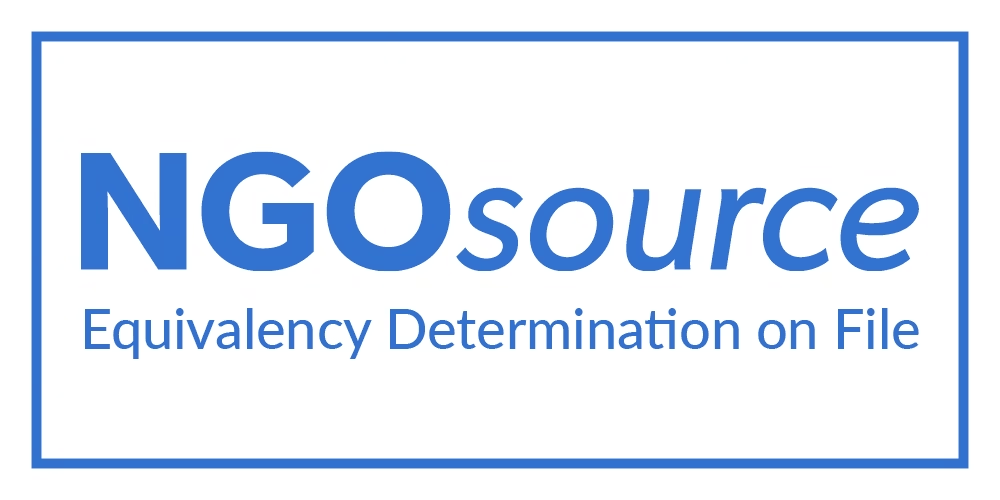Alarm spreads among indigenous rights activists and forest defenders as intruders breach the boundaries of protected lands in Brazil. The recent murder of a rights activist assigned to protect isolated tribes in far western Brazil has raised fears for the security of the Amazon’s indigenous populations and those who defend them. The worker, Maxciel Pareira dos Santos, was shot and killed on September 6 by an unidentified hit man riding on the back of a motorbike along the main street of Tabatinga, a frontier city near sprawling Javari Valley Indigenous Territory. The protected area harbors the largest concentration of uncontacted and isolated tribes in the world. Santos had worked for 12 years for Brazil’s indigenous affairs agency, FUNAI, manning a strategic outpost where two rivers lead into the depths of the 33,000-square-mile reserve, with its estimated 5,000 indigenous inhabitants. The post and its handful of personnel are all that stand between Javari’s rich biodiversity and a potential flood of newly emboldened timber and wildlife poachers. The checkpoint has come under armed attack by would-be intruders five times since the beginning of the year, most recently on September 21. Days after the penultimate attack, by unidentified gunmen in mid-July, FUNAI agents and an escort of army soldiers caught poachers red-handed inside the reserve with 300 threatened Amazonian turtles and a cache of 40,000 turtle eggs. Across the Brazilian Amazon, outlaws of every description—wildlife poachers, wildcat gold prospectors, land-hungry settlers, drug traffickers—are breaching the boundaries of indigenous lands. Efforts to protect these areas—seen by experts as a critical bulwark against deforestation—are faltering. By the end of August, the country’s National Space Research Institute estimated that some 3,500 fires were raging within the boundaries of nearly 150 indigenous territories. The presence of isolated tribes has been reported in at least 13. (Here’s why deforestation is to blame for the Amazon burning at record rates.) “All this puts the isolated tribes at heightened risk, forcing them into a constant flight from the talons of these groups,” said Roque Paloschi, archbishop of Porto Velho, Rondônia and president of the Catholic rights group Indigenist Missionary Council. The group reported this week that invasions have increased from 111 in 76 indigenous lands in all of 2018 to 160 in 153 indigenous territories in the first eight months of this year. “What will be their fate?” Antenor Vaz, a lifelong FUNAI field agent who now consults on issues relating to isolated tribes, wrote last month in an online post. “How many groups living in isolation have already been stricken?” Critics point to Brazilian President Jair Bolsonaro’s strident anti-environmental posture and his blatant disdain for indigenous people as helping fuel a sense of impunity among the outlaws and a readiness to use violence against those who stand in their way. “He doesn’t authorize the violence,” said indigenous activist Beto Marubo, national liaison for the Union of Indigenous Peoples of the Javari Valley, “but the way he speaks is the same thing as authorizing it.” Fire damage within the core of Arariboia Indigenous Territory, which harbors an estimated 60 to 80 Awá nomads threatened by illegal loggers who covet the region’s precious hardwoods. PHOTOGRAPH BY CHARLIE HAMILTON JAMES, NATIONAL GEOGRAPHIC Santos, affectionately called Maxi by Javari’s indigenous people, was a highly regarded friend with an exemplary work ethic who persevered in the face of danger, according to Marubo. Co-workers and indigenous leaders are calling his killing an “assassination” connected to his dedication to protecting the territory and its native inhabitants. The incident has stirred deep unease. “It has created an atmosphere of trepidation,” said Marubo, “that if you work for indigenous rights or the environment or human rights the same thing could happen to you.” A surge in illicit logging and mining “The situation is critical,” said Carlos Travassos, a former director of FUNAI’s Department of Isolated and Recently Contacted Indians who advises the Guajajara Forest Guardians, a group of native volunteers fighting a tide of illegal loggers in their eastern Amazonian homelands. Inside Arariboia Indigenous Territory, which the Guajajara share with an estimated 60 to 80 uncontacted Awá nomads, illicit logging operations have surged in recent months. (Follow the forces trying to stop illegal logging in the Amazon.) Exceptionally this year, the tree thieves even continued felling timber in Arariboia during the rainy months from November till June, rather than awaiting the dry season to resume operations. Through it all, Travassos said, the Forest Guardians have been left on their own to fend off loggers, death threats, and most recently, brush fires. No support has been forthcoming from the federal agencies responsible for enforcing the law. “There’s a complete absence of control in the territory that could discourage the exploitation of timber,” he said. Left: Takapen is an Awá who was first contacted in the 1990s but prefers top roam the forests of Maranhão as an unassimilated nomad. Although most Awá have been contacted and now live in settled communities, as many as 100 uncontacted members of the tribe wander th…Read More Right: An Awá woman poses with her pet black-bearded saki monkey. Even the contacted Awá maintain a close bond with animals that inhabit their forests, which are under assault from loggers, gold miners, and settlers. PHOTOGRAPHS BY CHARLIE HAMILTON JAMES, NATIONAL GEOGRAPHIC Even more alarming, the loggers are penetrating into the core of the reserve to steal the precious hardwoods that sustain the sensitive ecology the Awá depend on for survival. “They’re targeting timber exactly in the same area where the isolated Awá-Guajá live,” said Travassos, referring to the tribe by the compound name often used by anthropologists. Meanwhile, responding to international outcry over his indifference to this year’s dramatic increase in Amazonian fires, President Bolsonaro ordered army troops and federal police forces into the field in late August in a belated attempt to curb the destruction. The deployments have provided a measure of security for environmental enforcement inspectors as they attempt to stem criminal logging, land clearing, and mineral prospecting in protected areas. Yet

